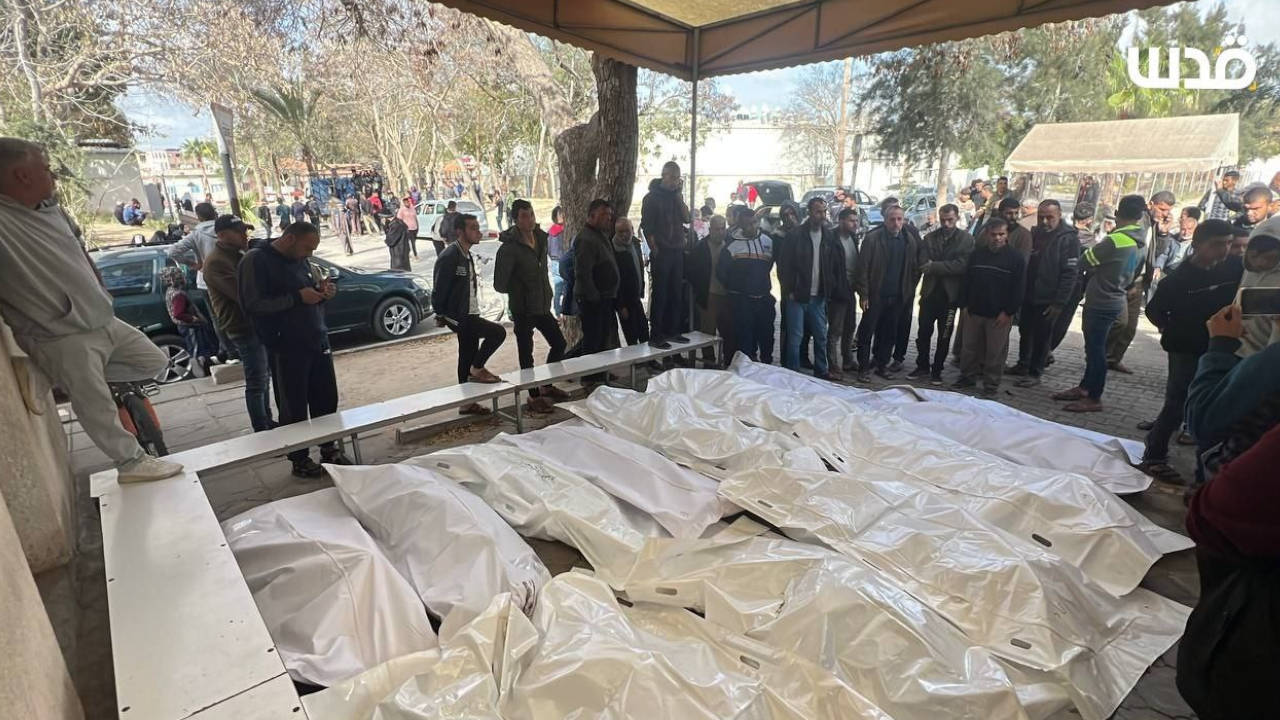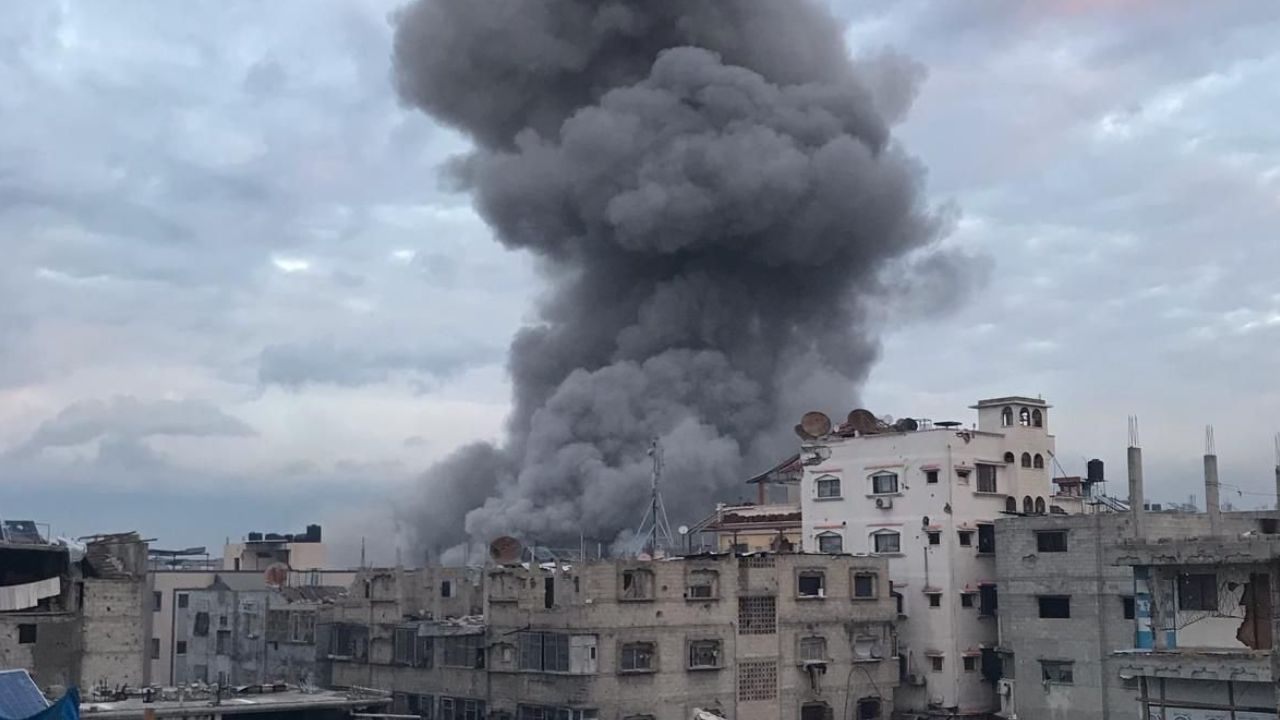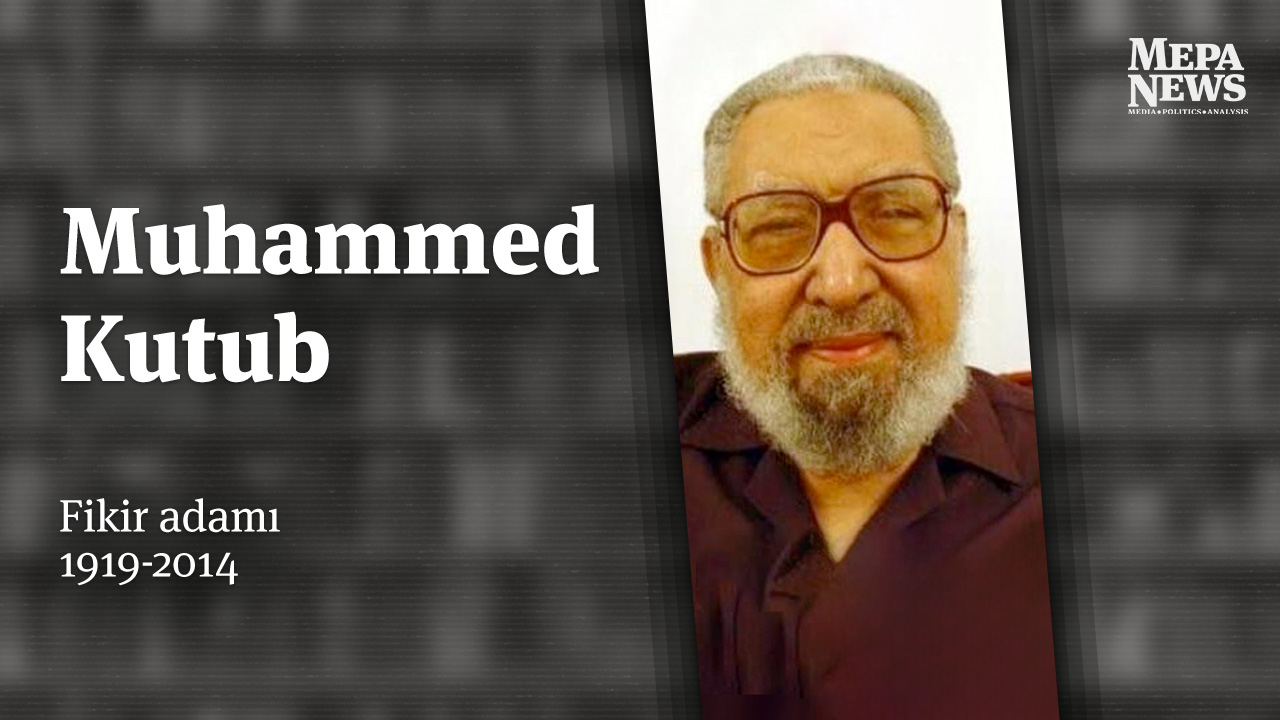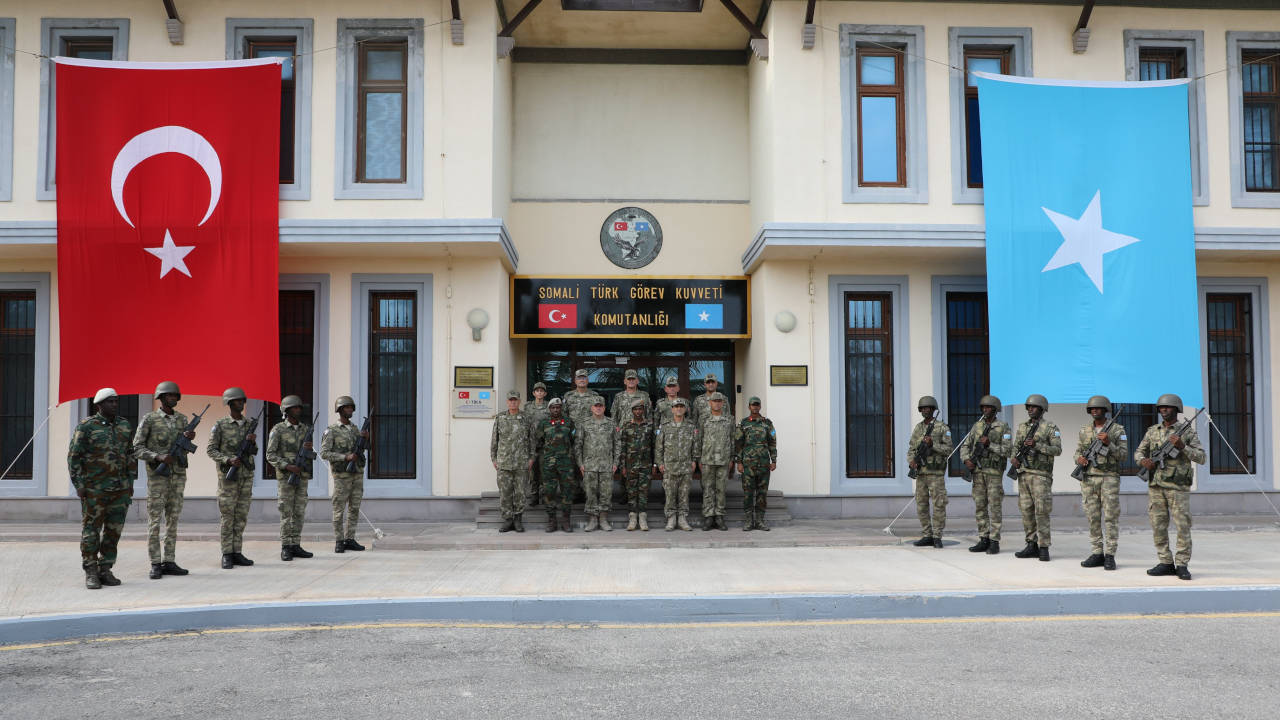Understanding the relations of the Islamic Emirate gov't with the Afghan Shiites
One of the main issues on the agenda recently is the relations of the Islamic Emirate government in Afghanistan with the Afghan Shiites in the country.
Before looking at these relations, it is necessary to understand the dynamics of the Shiite population in Afghanistan and analyse some data.
Shiites in Afghanistan
According to statistics, more than 99 percent of Afghanistan's population -with the exception of small Buddhist, Sikh and other communities- identifies as Muslim. Again, approximately 7-10 per cent of them define themselves as "Muslim Shia" and 90-93 percent as "Muslim Sunni". In other words, the proportion of the Shiite population in Afghanistan is approximately 7-10 per cent, which means that the Shiite population in the country (with a population of 40 million) is approximately 4 million.
Almost all of the Shiites in Afghanistan are Twelvers/Imamites, i.e. Shiites who follow the Imamiyya sect. In addition, -although very small- there are also Shiites from the Ismailia sect in the country.
As for the geographical and ethnic distribution of Afghanistan's Shiites... Shiites in the country are concentrated in certain population centres. We can list them as follows:
- The regions in the centre of the country called "Hazarajat", which are home to the Hazara population. All of the Shiites living here belong to the Hazara ethnic group and belong to the Imamiyah sect. There are also a few Sunnis among the Hazaras, and all of the Aimaq people, an ethnic group close to the Hazaras, are Sunnis.
- Some Persian-speaking Tajiks living in Herat and Farah in the west of the country are also Shiites belonging to the Imamiyah sect. Their population is not very dense.
- Shia Hazaras living in the Hazara areas of the capital Kabul.
- Small families and clans of the Imamiyah sect, which are said to be of Kizilbash (Turkmen) and Arab origin, scattered in various rural areas in the north of the country and numbering tens of thousands. Some of them also belong to the Ismailiyya sect.
- Ismaili Shiites belonging to the Pamir ethnic group living in Badakhshan and its environs in the north-east of the country. These are also from the Nizari branch of the Ismaili sect.
Apart from these, there are small communities in Afghanistan who identify themselves with the Shiite faith, but they are too small and narrow to be analysed.
Relations with the Islamic Emirate
It would not be wrong to say that three main factors have shaped the relations of the Islamic Emirate government in Afghanistan with the Shiite population in the country. We can mention them as follows:
- Traditionally, religious conflicts between the Ahl al-Sunnah and Shia
- Historically, the conflicts between Afghanistan and Iran, and in particular between the Taliban and the Shiite regime in Tehran
- Politically, the role played by the Shia communities during the US invasion in 2001
Since the first two issues are generally known to all those interested in Afghanistan, I do not see the need to elaborate on them. But the third issue needs some elaboration. During the US invasion of Afghanistan in 2001, the two biggest local allies of the US were the Northern Alliance components and the Afghan Shiites.
The leaders of the Shiite Hazaras were in co-operation with the US and Iran against the Taliban. There are many traditional, historical and political reasons for this co-operation. One reason is that the Taliban cannot trust the Hazaras because of their political and religious stance and their relations with the US and other external factors. Another reason is that the Hazaras felt marginalised by the Taliban, especially during their first period in power in 1996-2001.
In sum, for many circles, this co-operation between the US and the Hazaras lasted until the US withdrew from Afghanistan. However, a significant number of Shiite Hazaras had long before then withdrawn their support for the US and the Kabul administration, and had begun to establish relations with the Taliban.
Post-2021
After 2021 August, relations continued to take shape in this direction.
The leadership of the Islamic Emirate refers to Afghan Shiites, especially the Hazaras, as "Ahl-e-Tashayyu", i.e. literally "followers of the Shia sect". The Islamic Emirate does not generally makes "takfir" on the entire Shia population, i.e. it does not characterise them as non-Muslims.
Politically and religiously, the government divides the Afghan Shia into two main camps:
- Politically: Those who oppose the rule of the Islamic Emirate and those who do not.
- Some of the Shia Hazaras, especially those in the diaspora, have close relations with the US, European countries or Iran. These relations, especially with Iran, date back to 1979 and even before. Before 2021, there were many leaders and groups in the country who were loyal to Iran and were quite free.
- Some Shia Hazara do not hide their ties with the Islamic Emirate government in Afghanistan. They openly support the leadership, attend its meetings and increase support for the Islamic Emirate among the Hazaras. For example, the Hazara leader Jafar Mahdawi.
- Religiously: Those who have traditional Shi'ite/Imamiyya beliefs and those who do not have these.
- Some Afghan Shiites hold religious beliefs similar to those in Iran and elsewhere, and which depart significantly from the Ahl al-Sunnah view of Islam.
- For some Afghan Shi'ites, Shi'ism remains a matter of cultural codes, traditions or ethnic affiliation. Among them, there are some who are Shiites but believe like Sunnis or have become Sunnis over time.
The Islamic Emirate administration shapes its approach to Shiites accordingly.
The aim is to ensure that the Shiite population does not feel excluded and lose its allegiance to the central government, and thus not to be under the influence of foreign countries, especially the US and Iran. The Shiite population, especially the Hazaras, has been a destabilising issue for the central governments in Afghanistan since the 1800s. The influence of the Shiite movements -which were under the influence of Iran especially after the withdrawal of the Soviet Union in 1989 and during the period 1996-2001- on the instability in the country is quite clear. The Islamic Emirate administration does not want to experience such a situation once again.
It also wants the Shiite population to religiously adapt to the 90 percent of the country and not to adopt practices similar to the extreme (ghulat) Shiite beliefs in Iran. In this respect, it is worth emphasising one point, which concerns the belief principles of Afghan Shiites:
The Islamic Emirate administration has an approach to keep the Shiites who are close to the Ahl al-Sunnah understanding and Hanafi sect, which is the de facto basis of the country, close to itself and partially Sunnify them. Likewise, a significant number of Afghans in the country who identify themselves as Shiites are practically indistinguishable from Sunnis, and Taliban members summarise the situation with the phrase "he is a good person, from the sect of Imam Sahib (Abu Hanifa)".
It is important to emphasise that most of the Shiites in Afghanistan, especially those living in rural areas, are not like the Shiites we see in other countries such as Iran. In general, they are not closely related to either Shiism or Islamic practices, have no serious education, and are just culturally-ethnically referred to as "Shiites".
Those who follow the practices of the Shiite faith and even engage in extreme practices such as those in Iran are mostly Shiites living in urban centres such as Kabul and Ghazni. These include those who perform Muharram rituals and even beat themselves with chains. These practices, which were more common in the past, have been restricted by the Islamic Emirate administration for some time. Most recently, a Muharram ritual in the capital Kabul, where Shiites beat themselves with chains, was intervened.
Taliban güçleri başkent Kabil’de Şiilerin “Muharrem törenine” müdahale etti. pic.twitter.com/TI25HEaN5O
— Halid Abdurrahman (@halidabdurrhman) July 26, 2023
Although the Islamic Emirate administration has not completely banned Shiite marches and mourning ceremonies, it has banned practices such as insulting the Sahaba and people beating themselves with chains during these ceremonies. It is likely that these restrictions will be increased over time. However, the Muharram rituals of the Shiites, which are allowed by the central government with certain restrictions, are also protected from possible attacks. The political and religious concerns mentioned above play a role in this protection.
In conclusion, it must be said that the Shiites of Afghanistan, whose population is 4 million, are a part of the country's reality. The Islamic Emirate government in Afghanistan is aware of this reality and acts by trying to contain the religious and political threat that the Shiites may pose to the government and to prevent their external connections. Of course, it should be noted that this policy of the administration has been subjected to religious, intellectual and political criticism from time to time. We can say that this policy will be take its final form by undergoing changes over time.
Time will tell whether all these practices will result in success or failure for the central government.
The views expressed in this article belong to the author and do not necessarily reflect the editorial policy of Mepa News.









